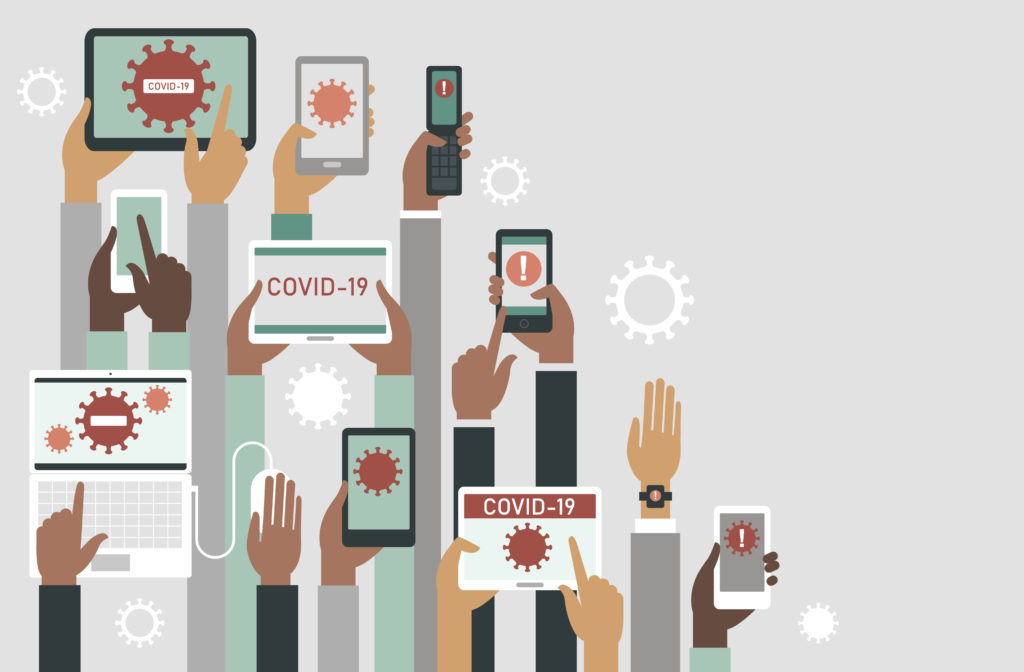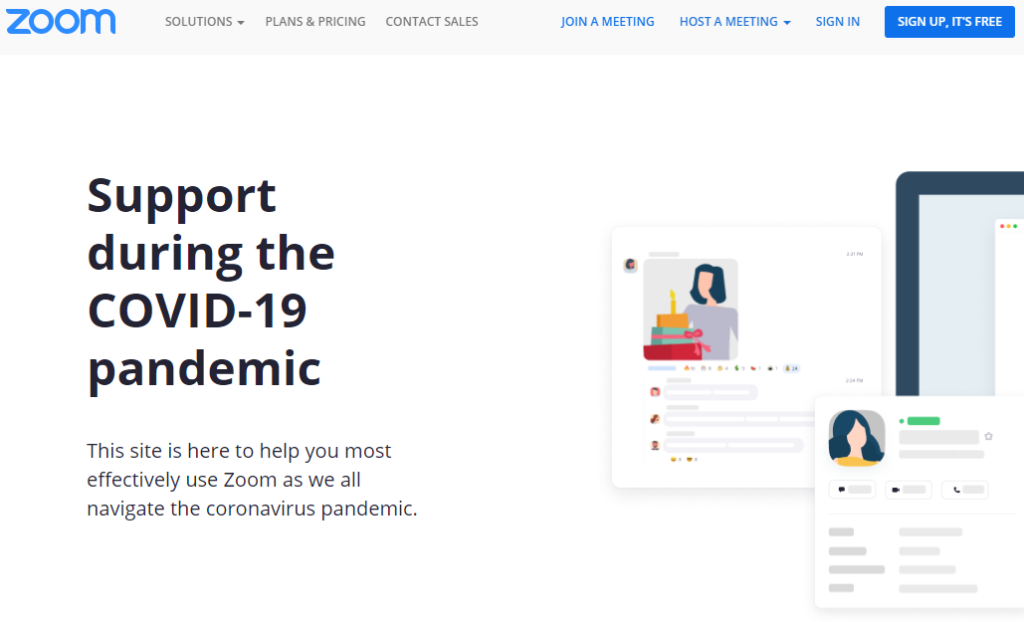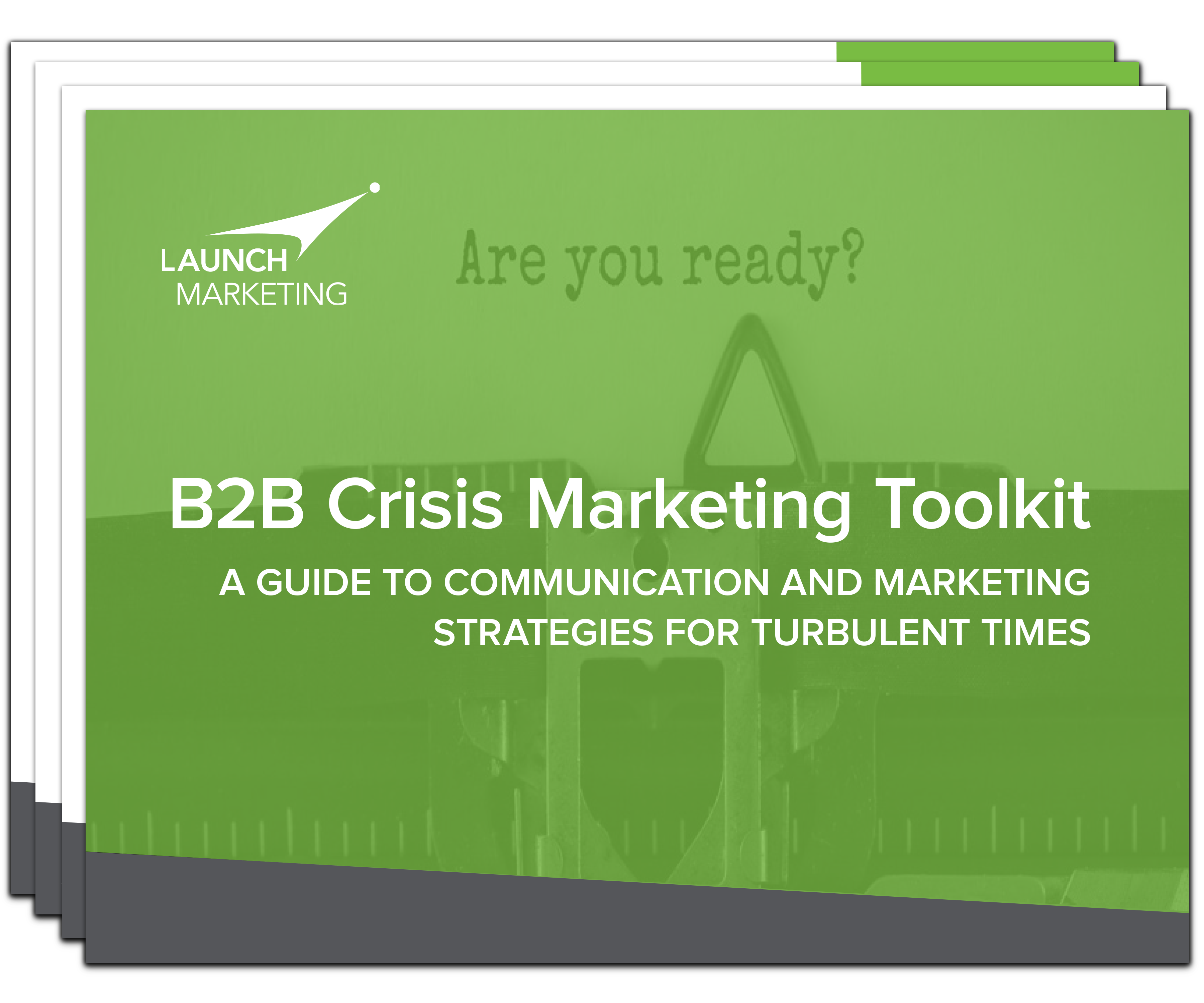
Assessment to make and actions to take
As the coronavirus pandemic has completely upended business as usual, many companies have struggled in adjusting the marketing plans and activities they had in play to remain engaged with their prospects and customers in the right ways. The good news is that there are many things that businesses can control, including the messages they send, how they send them, and what they say.
In an environment of such sweeping and sudden change, effective communication is ever more vital and “doing nothing” is certainly not a viable option. With those givens in mind, what are some of the practical actions that marketers and leaders can take to maintain and, ideally, strengthen their relationships with their prospects, customers, and communities?
1. First and foremost, assess what your audiences are experiencing.
The buyer personas that most have developed never accounted for things like social distancing and shelter-in-place. Is your audience experiencing new needs and pain points that you can help with or speak to? How are their existing wants, needs and pain points likely to be affected? While many are now doing this type of review organically, it’s important for the salient points to be documented and shared across teams to ensure message alignment and coordination.
In short, this is about empathizing with your audiences. Prospects and customers inherently want to be understood by the organizations with which they choose to do business. Leaders and marketers who have the pulse of their audiences, show they care, and tailor their messages and marketing practices accordingly will experience the most success.
2. Build (or rebuild) your editorial, content, and social calendars.
It’s highly likely that the topics and themes you previously concepted and sequenced are no longer going to hold the same relevance in the present and may, in some cases, be tone-deaf to current conditions. New content or at least editorial adjustments will be needed to address what your prospects and customers are thinking about and seeking answers to. And if you haven’t previously adopted the development and use of editorial, content, and social calendars, do so now to take extra care and be planful with the communications you craft.
3. Embrace digital communication and engagement in new ways.
The absence of in-person events and shifting availabilities make the ability to connect with audiences via digital channels more important now than ever. If you’ve not yet fully embraced digital engagement, now is the time.
- Webinars – With the cascade of conference and event cancellations we’ve all seen, brands can still use webinars and virtual events as a way to connect with key audiences. And because webinars can be recorded, they create a mechanism for ongoing lead generation. NOTE: Consider shorter webinars (e.g., 30 minutes) to make it easier for attendees to participate.
- Email – While brands shouldn’t look for ways to simply send more emails, they should assess whether there is information that would be valuable for their audiences to receive in this medium. It is also important to determine whether any automated or already queued emails need adjustments. An eMarketer study found the ROI of B2B email to be 122% and the majority of marketers still cite email as their most effective revenue generation channel.
- Feedback Loops, FAQs, and Chat – Establishing convenient channels or forums where your customers can ask questions and get answers on their own terms is always appreciated. If you don’t have these channels available today, consider establishing them and at the very least, remind your prospects and customers of the information paths currently in place. Zoom is an example (see below) of one of many brands who are taking meaningful steps during the coronavirus pandemic to ensure their audiences remain informed in a way that is thoughtful while still showcasing their solutions.

4. Use any increased bandwidth or downtime to assess and address broader marketing elements.
Almost every organization and marketing department has a list of projects and initiatives that they have trouble ever getting to in the depth that’s needed. When business returns to a greater sense of normalcy, organizations can be better prepared to hit the ground running if they’ve devoted time to marketing aspects such as:
- Optimizing marketing automation, CRM, and related marketing technologies for enhancing engagement
- Improving website performance (page load speed, SEO best practices, page content review)
- Conducting a content audit to identify gaps across the buyer journey (and then creating the content that’s needed to fill them).
While not everyone has the same level of resources as large, enterprise-level brands, it can nonetheless be helpful to see how these organizations are responding in an effort to do their part by adjusting to this temporary new normal. To get a sense of their actions, take a look at AdAge’s list tracking marketers’ response to coronavirus. What you’ll see are brands and marketers not adding to their audience’s anxieties by trying to force them to pay attention in ways that aren’t helpful, but instead demonstrating empathy, understanding, and creativity in pivoting previously planned activities.
While business as usual has at least momentarily gone by the wayside, leaders and marketers still have an opportunity and responsibility to control what they can control. They can take comfort in the fact that the fundamentals of marketing have not changed. Prospects and customers will respond to those who get what they are going through and meet them where they are.
Is your business uncertain of the marketing adjustments it needs to make? Or simply in need of better structure and order in its marketing practices? We are here to help.


There are no comments